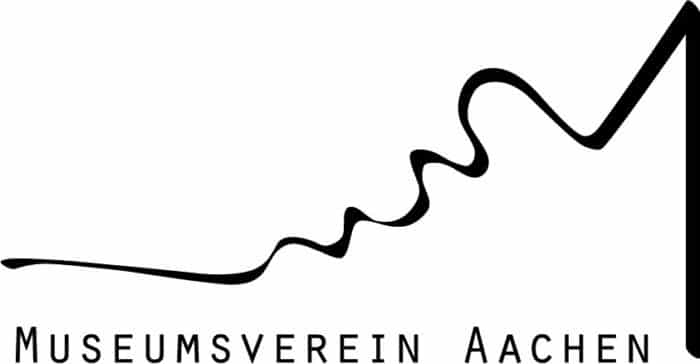[nggallery id=4]
The banqueting hall or ballroom of the house, which reflects the self-image of the upper middle class at the end of the 18th century, is entered through winged doors crowned with supraports.
Taking aristocratic palace architecture as their model, the wealthy upper middle classes built representative halls as venues for chamber concerts and receptions. While the five windows of the banqueting hall look out on medieval Aachen in the shape of the Granus Tower, the large-scale canvas paintings from the 18th century provide a view of idealised landscapes. The paintings show idyllic rural scenes populated by members of the aristocracy living the simple life. Painting workshops in France and the Netherlands specialised in this sort of painting, characterised by the Rococo painters Watteau, Boucher and Fragonard.
The narrow ends of the hall feature an oak wood hearth in the sturdy style of Aachen Baroque at one end and a Liege glass cabinet with the intricate carved ornamentation at the other, which belonged to the inventory of the Couven Museum in its pre-war location in Haus Ludwigs-Fey. The sumptuous neo-classical silver vase on the sill of the middle window was presented to J.P.J. Monheim in 1841 in recognition of his services to the City of Aachen.


